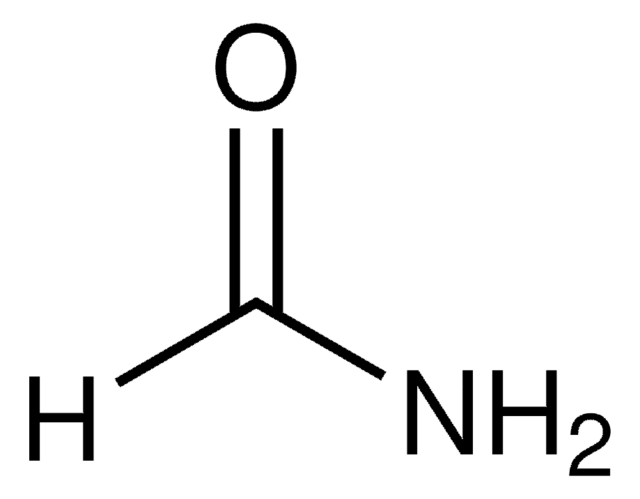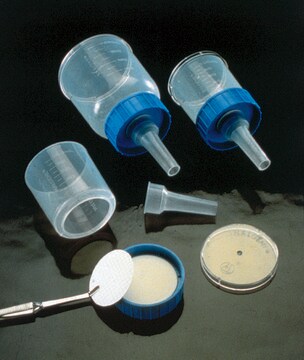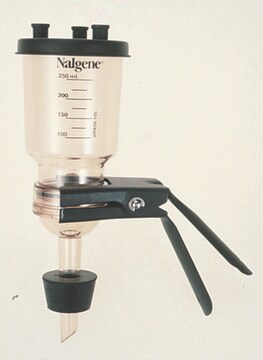F9037
Formamide
BioReagent, ≥99.5% (GC), for molecular biology
Synonym(s):
Amide C1, Formic amide
About This Item
Recommended Products
grade
for molecular biology
Quality Level
vapor density
1.55 (vs air)
vapor pressure
0.08 mmHg ( 20 °C)
30 mmHg ( 129 °C)
product line
BioReagent
Assay
≥99.5% (GC)
form
liquid
autoignition temp.
932 °F
technique(s)
electrophoresis: suitable
immunohistochemistry: suitable
refractive index
n20/D 1.447 (lit.)
pH
4-10 (20 °C, 200 g/L)
bp
210 °C (lit.)
mp
2-3 °C (lit.)
density
1.134 g/mL at 25 °C (lit.)
suitability
suitable for nucleic acid hybridization
storage temp.
2-8°C
SMILES string
NC=O
InChI
1S/CH3NO/c2-1-3/h1H,(H2,2,3)
InChI key
ZHNUHDYFZUAESO-UHFFFAOYSA-N
Looking for similar products? Visit Product Comparison Guide
General description
Application
Other applications include:
- Preparation of brain sections of mice for BrdU immunohistochemistry
- FISH analysis of HeLa cells.
- Preparation of the polyacrylamide gel for analysis of PCR products using denaturing gradient gel electrophoresis(The Merck Index, 12th ed).
Features and Benefits
- Deionized for molecular biology applications
- Packaged under argon gas in amber bottles to protect from oxidation
- Used for DNA renaturation or DNA-RNA hybridization
- Reduces thermal stability of double stranded nucleic acids
Suitability
- nucleic acid hybridization
- cryoprotectant and gel-stabilizer
- destabilize nucleic acid duplexes
- elimination of secondary structure of nucleic acids
- preparation of hybridization buffers for RNA and DNA application
Other Notes
related product
Signal Word
Danger
Hazard Statements
Precautionary Statements
Hazard Classifications
Carc. 2 - Repr. 1B - STOT RE 2 Oral
Target Organs
Blood
Storage Class Code
6.1C - Combustible acute toxic Cat.3 / toxic compounds or compounds which causing chronic effects
WGK
WGK 1
Flash Point(F)
305.6 °F
Flash Point(C)
152 °C
Personal Protective Equipment
Certificates of Analysis (COA)
Search for Certificates of Analysis (COA) by entering the products Lot/Batch Number. Lot and Batch Numbers can be found on a product’s label following the words ‘Lot’ or ‘Batch’.
Already Own This Product?
Find documentation for the products that you have recently purchased in the Document Library.
Related Content
Formamide is a reagent that is an ionizing solvent in aqueous buffers. It is widely utilized in biochemistry and molecular biology, particularly in nucleic acids research.
Our team of scientists has experience in all areas of research including Life Science, Material Science, Chemical Synthesis, Chromatography, Analytical and many others.
Contact Technical Service





